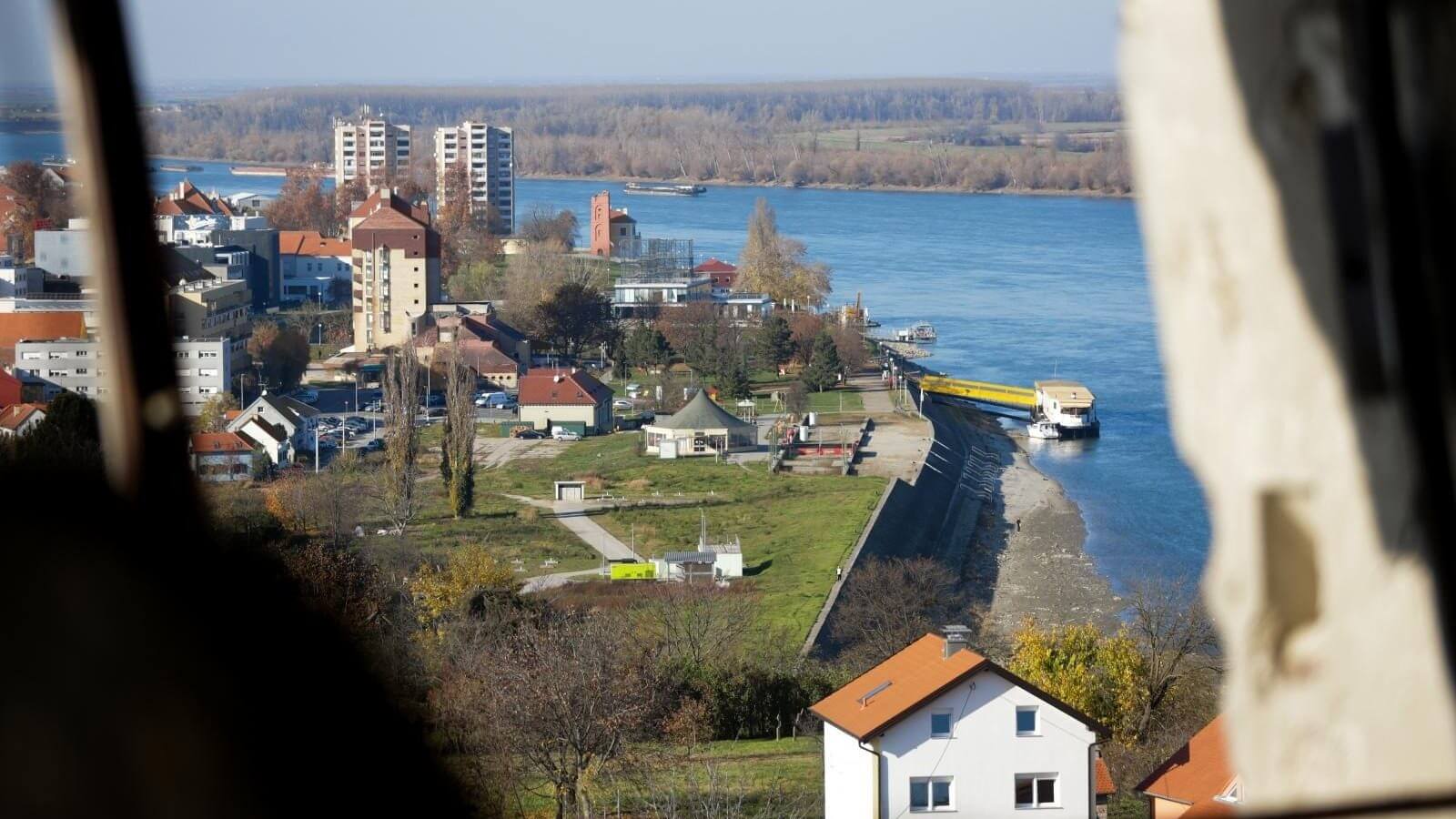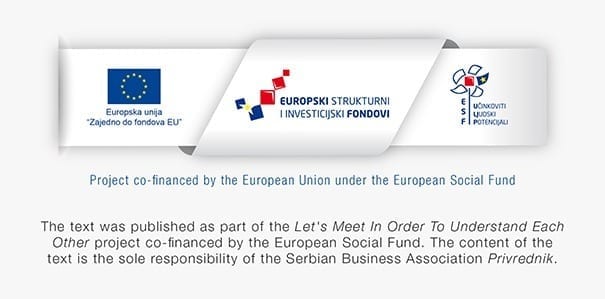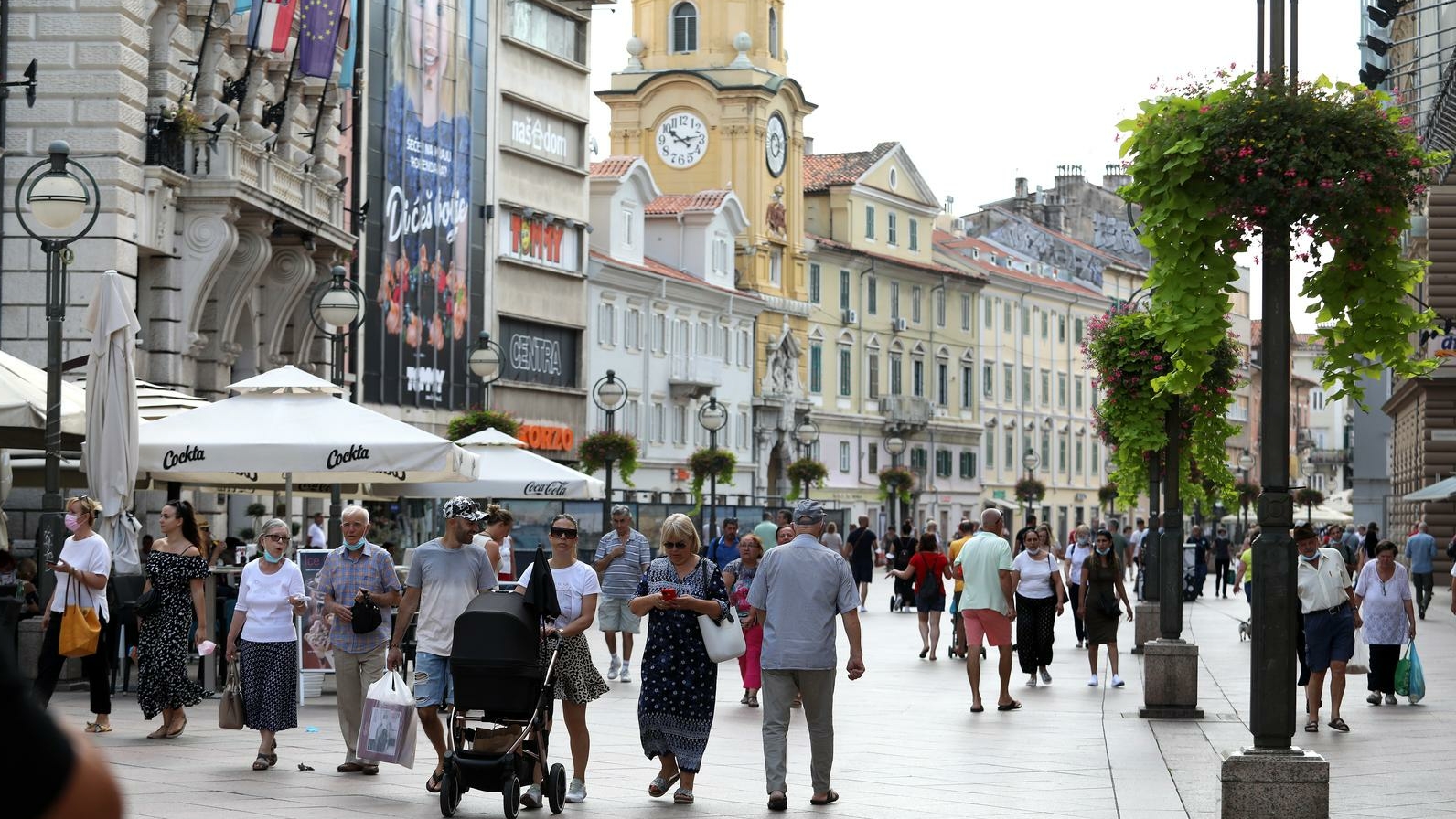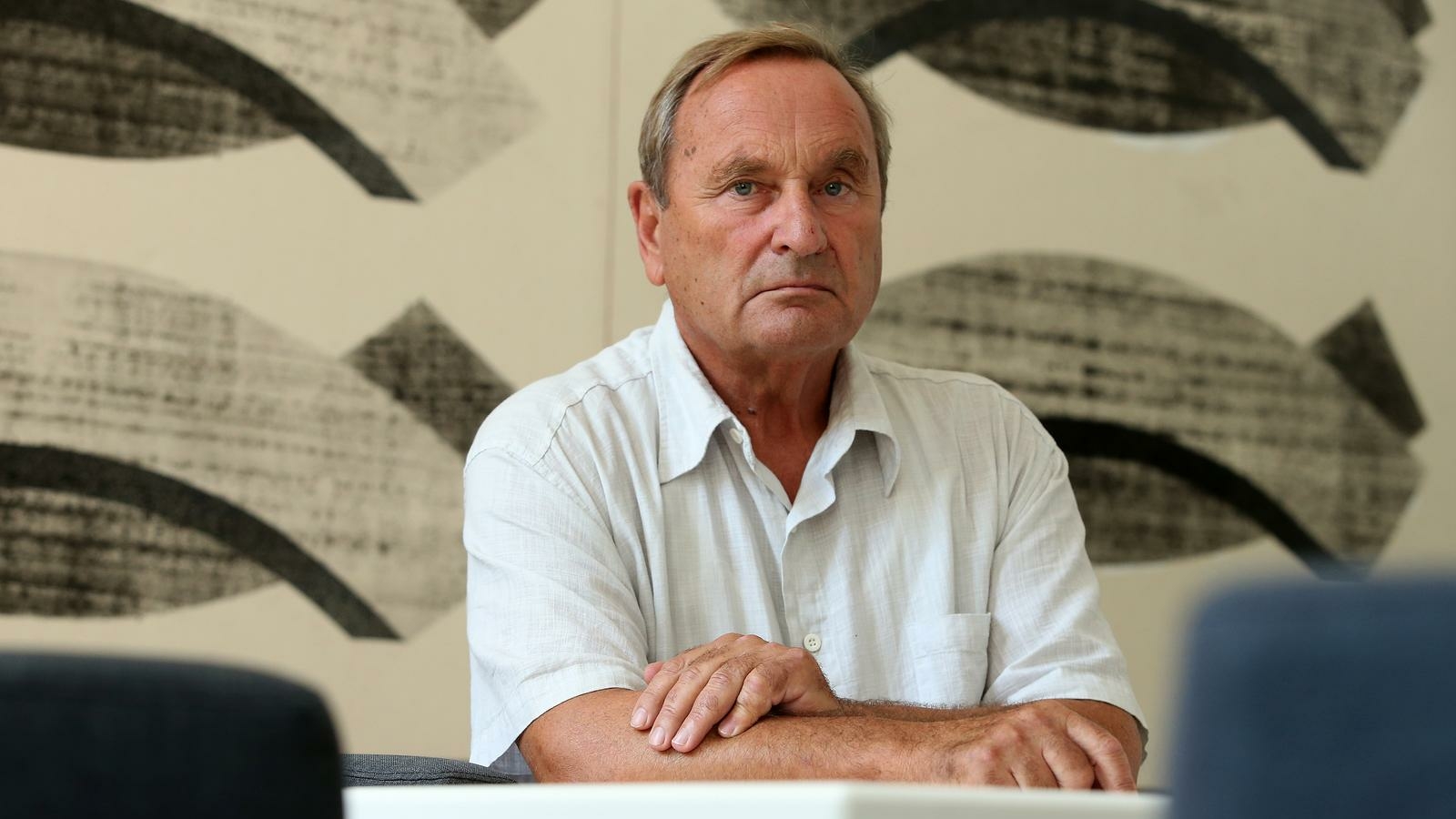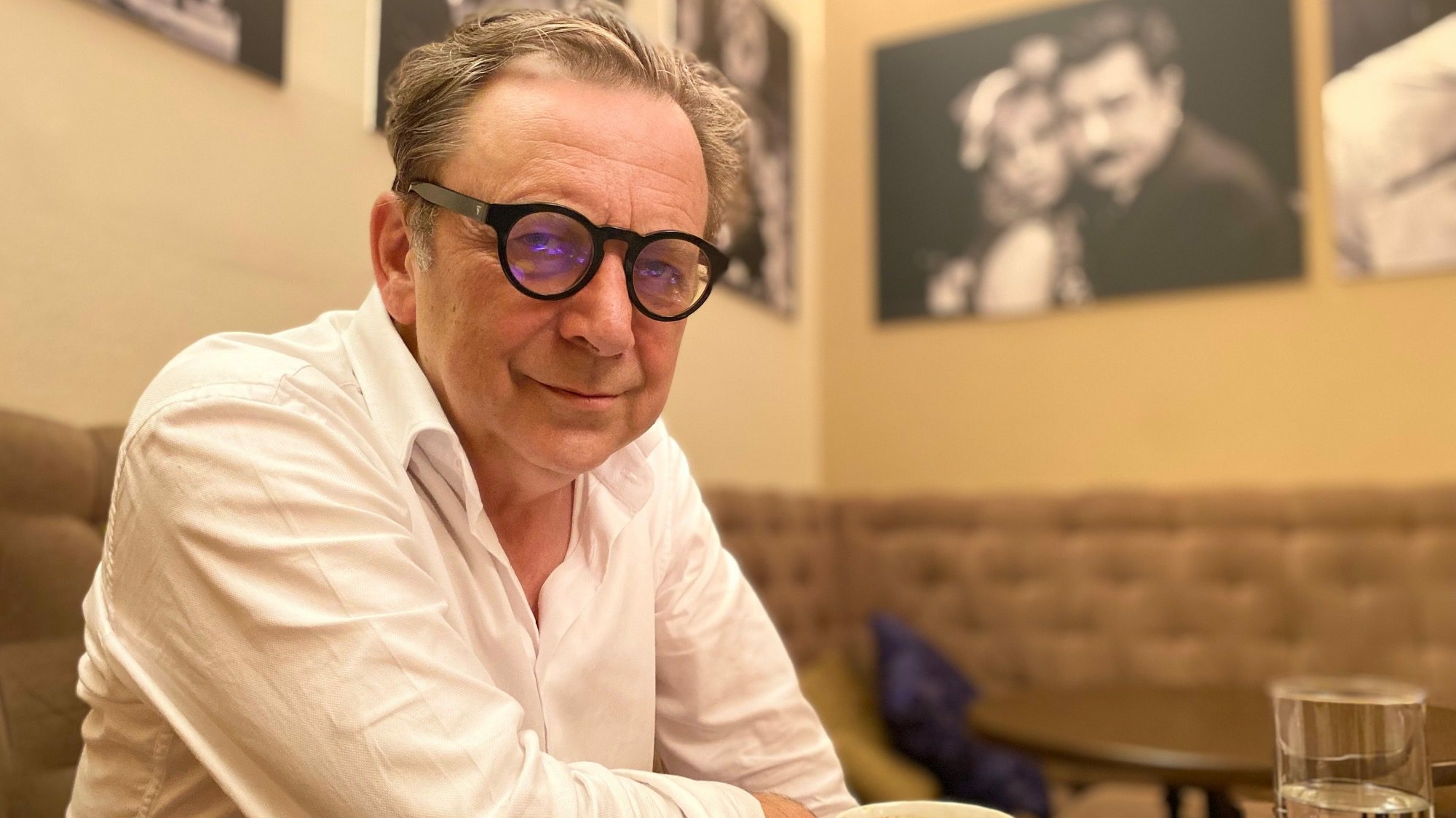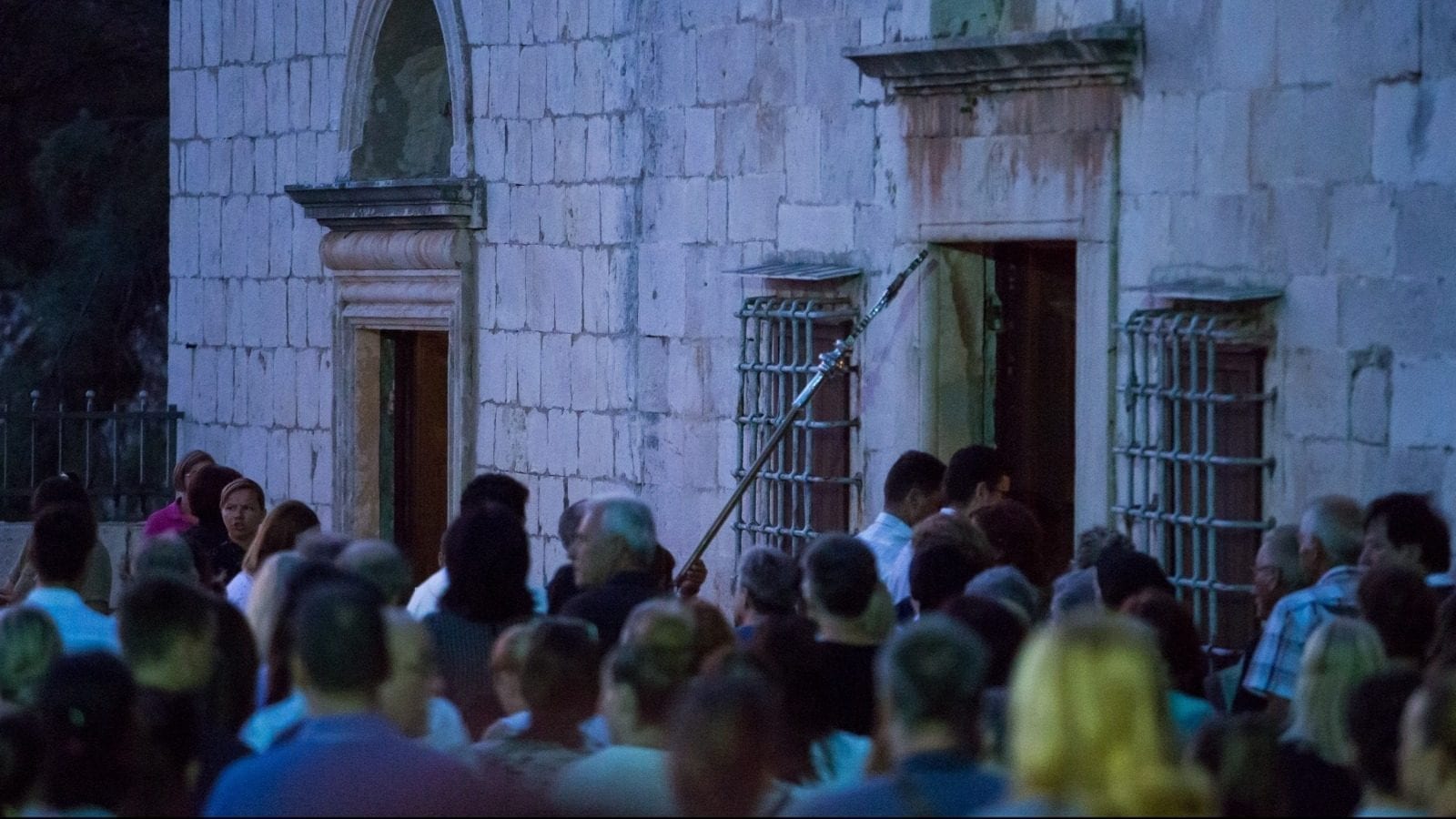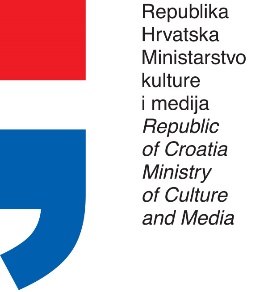Despite the fact that, for the second year in a row, both the Day of International Recognition of the Republic of Croatia and the Day of Peaceful Reintegration of the Croatian Danube Region are commemorated on January 15th, there has been no significant progress in commemorating this date or in bringing attention to its importance.
This year the president and the prime minister did, in fact, highlight its importance in press releases to the public, but newspapers and television news programs dedicated only a few lines or minutes to “one of the most successful peacekeeping missions of the United Nations.”
The peaceful reintegration began on January 15th, 1996, and was preceded by the Erdut Agreement, signed in November 1995, which provided for the establishment of the UN Transitional Administration, demilitarization, the establishment of the police and civil authorities, the return of refugees, the restitution of property and the “respect for internationally recognized human rights and fundamental freedoms.” After two years, the Croatian Danube Region was reintegrated into the territory of the Republic of Croatia.
However, the question is, can we get something more than these easily available facts, at least once a year in January? Reports with the witnesses and participants of this process are very rare in the media, while other war anniversaries are usually covered with a large number of newspaper pages, more minutes and from different angles – from the statements of state officials and celebrated generals to the voices of “ordinary citizens.”
A topic neglected in the educational system
Interviewees for P-portal agreed that this subject is equally marginalized in the educational system and that there should be more effort to explain its importance to students and young people. Peaceful reintegration did not happen on its own; behind this process are the efforts of a large number of people to finally put an end to the clank of weapons.
Peaceful reintegration did not happen on its own; behind this process are the efforts of a large number of people to finally put an end to the clank of weapons
On the anniversary itself we talked to Biljana Gaća, a young SDP representative in the Vukovar City Council, who explained to us that she tries to observe this date in her own way.
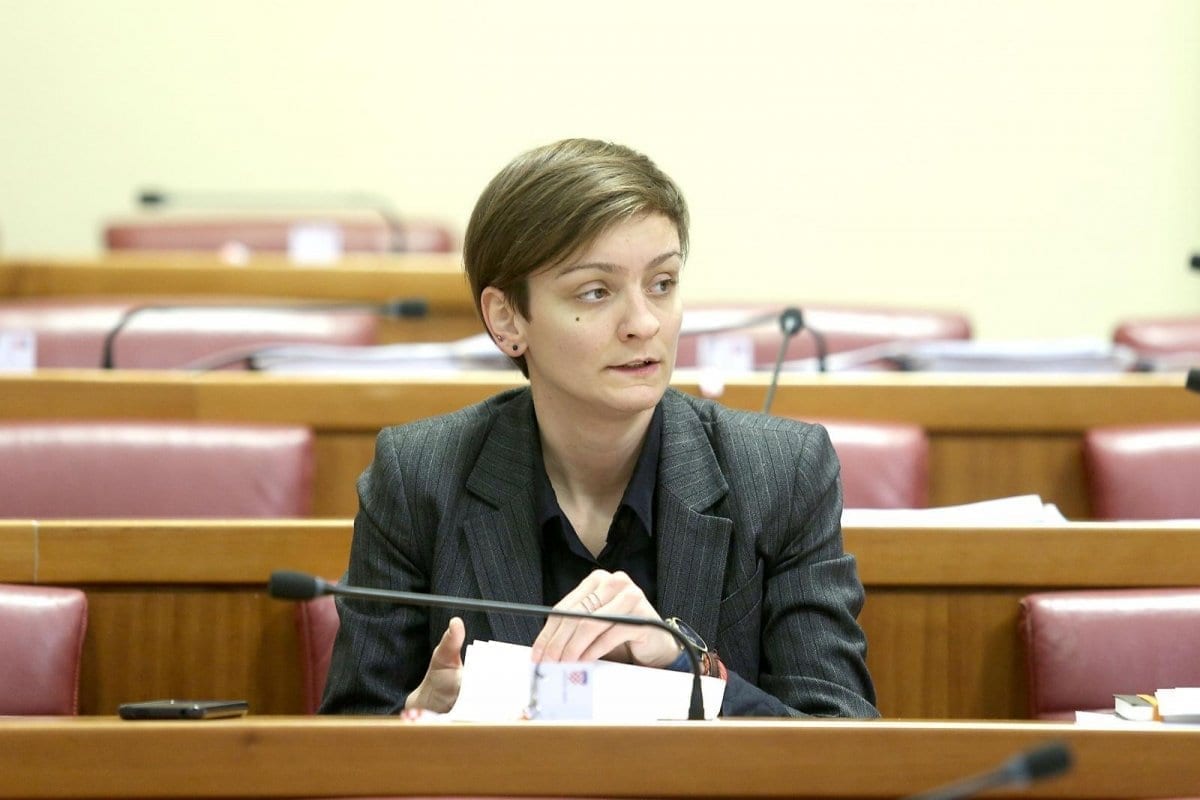
“I like to point it out on my social media every year. I actually celebrate today,” Gaća told us. “We should all be proud of this day and celebrate peace, solely because on this day Croatian territory was returned without a single life lost,” she continues.
Vukovar needs a “monument to peace”
She is not happy that not enough is taught in schools about the reintegration of the Danube Region as an example of a peaceful solution to a complex problem. In her opinion, Vukovar should also have a “monument to peace,” precisely so that the horrors of war never happen again.
“It is normal and natural that there are monuments to the victims in Vukovar, for Vukovar did suffer a culturocide and great human losses,” she says.
Meanwhile, another monument that reminds of the horrors of the war appeared in the Vukovar pedestrian zone – the “Memorial to the Grenade from the Homeland War.” It is the real tail of an 82 mm mortar shell, dug up at a location in the Olajnica neighborhood. The city government emphasized the “historical and educational purpose” of the installation. However, not everyone is sure this is what Vukovar citizens need right now.
“The monument to the grenade in Vukovar cost nearly half a million kunas. I wonder about all the things that could have been done for life in Vukovar today with half a million kunas, and it is incredible to me that what is constantly being promulgated is exclusively war, or postwar, propaganda, which will not contribute to the better life of Vukovar citizens, especially the new generations that had nothing to do with the war,” Gaća points out, adding that it is extremely important to remember all victims and that it would be very irresponsible to forget the past.
“But it is equally irresponsible to live in it and not learn the real, important value from it, and that is peace,” she emphasizes.
On the other hand, she says that there are young people, individuals and civil society organizations in the city that continually try to promote this date, as well as general values of peace and some kind of normal life. Among them is the Europe House Vukovar, which held a Zoom seminar for teachers on the subject of peaceful reintegration last Friday.
From a few lines to half a page
Nikica Torbica, one of the founders of the Osijek Mladforma initiative and a Croatian language and history teacher, participated in the seminar along with some fifty elementary and high school teachers and shared his thoughts with us.
“Everyone is very motivated to hear about this subject and would like more resources. Some of the teachers of other subjects said they could work on this topic in their homeroom classes or civic education classes if they have this subject, which a few of them do,” Torbica recounts.
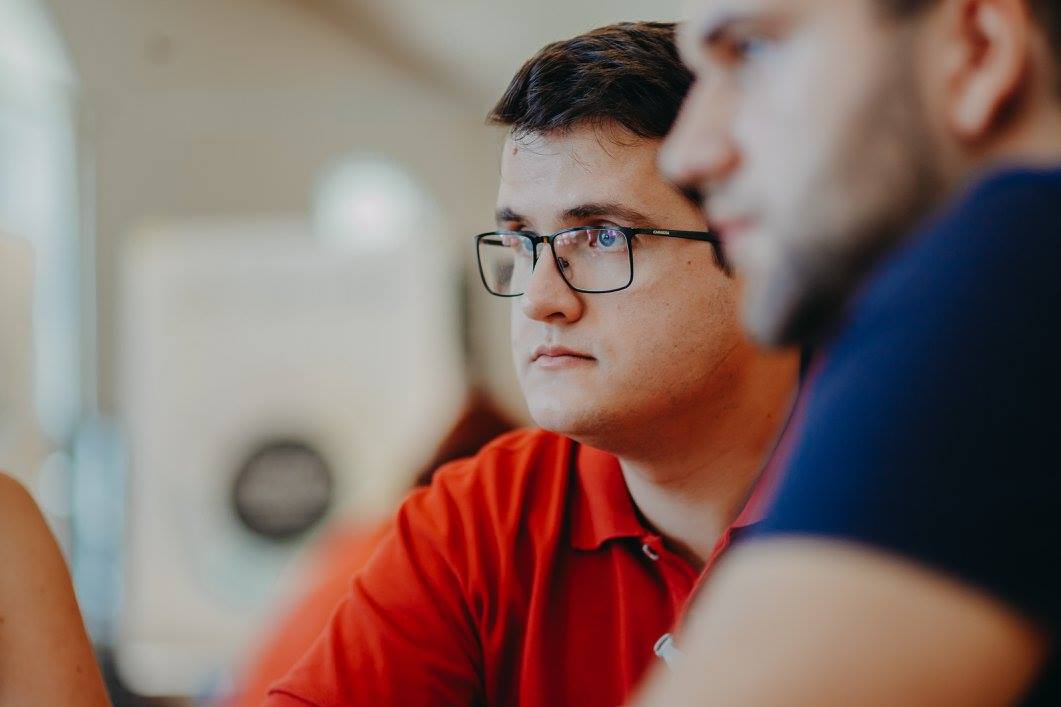
In preparation for this seminar, Torbica looked through several textbooks currently in use and noticed that the amount of text about this topic varies: in some textbooks it is four or five lines, while in others it is “a bit over half a page.”
“Neither is a whole lot of information, but it varies depending on the publisher and on how important an author thinks the subject is,” he says. “In the end it all depends on how much space the teacher will give to the topic, and this lesson is at the end of the school year. The students are seniors and their minds are somewhere else, on passing the graduation exams… The teachers then mostly don’t have time to go through it and it remains, my guess is, not very well covered.”
A part of the problem lies in the fact that the Peaceful Reintegration, as well as the 1990s in general, is not sufficiently studied at universities. This is compensated with specialized seminars for teachers where this period is covered, Torbica adds.
Conflicts in focus
In response to our comment that students often grow to dislike history classes because it focuses on dates, battles and wars and neglects peace, Torbica concludes that the situations is actually worse because not only are battles and wars taught about, but even when peaceful periods are covered, often conflicts are the focus, such as conflicts between political movements or social groups.
“Even when covering peaceful periods, we dedicate a lot of time to certain conflicts. In my opinion, that is a big problem. It is not only that we should learn about peacemakers in the narrow sense of the word; we should learn about how we can cooperate in a community, how a community is built through cooperation and what the role of active citizens is,” Torbica states and points out that peace is much more than “the absence of war.”
“Peace also means that there are no social divides, hate speech or any kind of justified or unjustified fear among a certain group within society,” he points out.
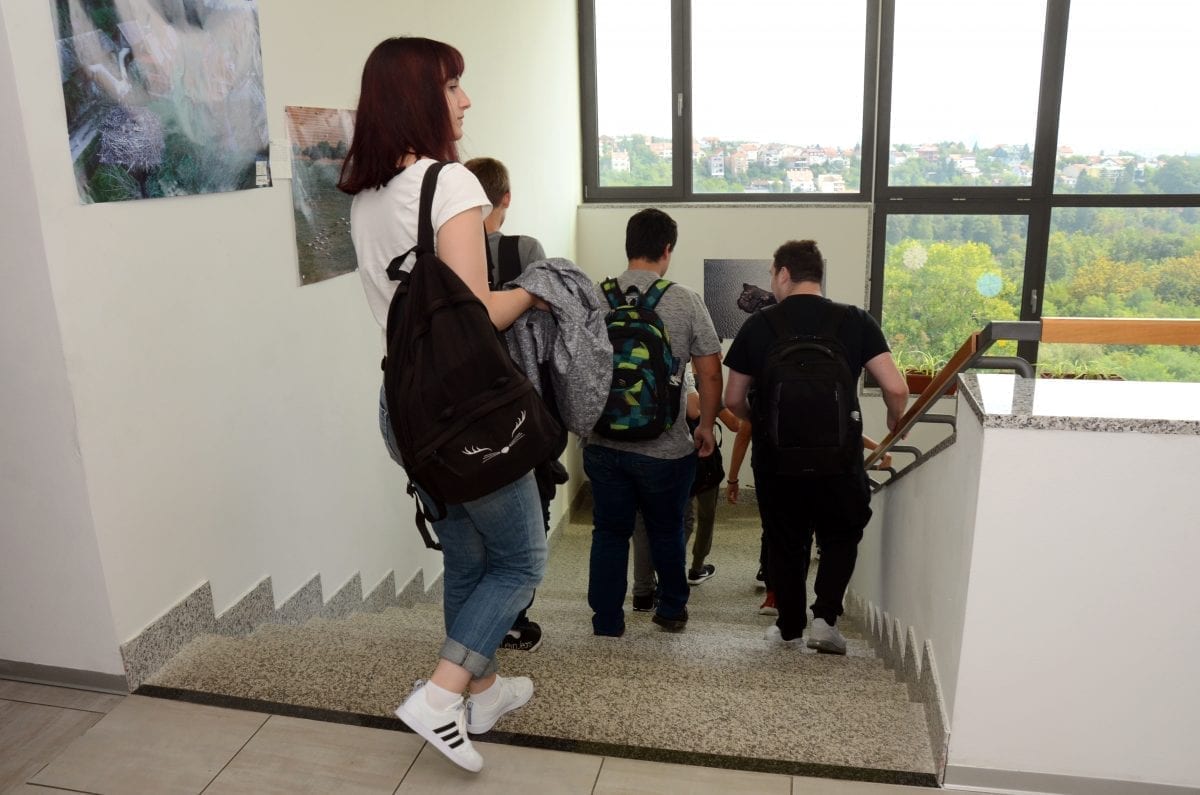
As he often has the opportunity to work with young people, it is interesting for him to see their reactions when peaceful reintegration is covered.
“In my experience, for them it is something unusual and unexpected that they know very little about. Even if they know some formal facts, they know less about what this process meant for the people, who are, after all, the point of such processes.”
Civil society cannot do the institutions’ job
Based on her experience working with young people, as well as her experience as someone who is interested in this topic, Branka Vierda from the Youth Initiative for Human Rights (YIHR) also thinks that topics such as the peaceful reintegration and the Erdut Agreement should be better represented.
“The Peaceful Reintegration is known as the most successful peacekeeping mission of the UN, so it would certainly be good to teach young people more about why it is considered the most successful, what was achieved by it and what the advantages of peaceful conflict resolution over military activities are,” Vierda tells us and adds that the YIHR tries to “keep the memory of initiatives, campaigns, institutional efforts and individuals who persistently tried to keep or achieve peace in this region in the nineties.”
On Friday, January 22nd, the YIHR is organizing a panel discussion “The Role and Contribution of Young People in the Peace-building and Reconciliation Process” via Zoom in collaboration with the French and German embassies in Croatia
This organization frequently calls attention to the importance of dedicating public areas, streets and squares to peacemakers, such as Josip Reihl Kir, the chief of the Osijek police killed in 1991, who was known for visiting barricades unarmed, or Milan Levar, former officer of the Croatian Army who publicly spoke about the killings of Croatian and Serbian civilians and war prisoners in the Gospić area, which cost him his life in the postwar years.
As part of its activities and work with young people, the YIHR frequently and regularly talks about the antiwar campaign and antiwar protests, which are talked and taught about very little in all the countries in the region.
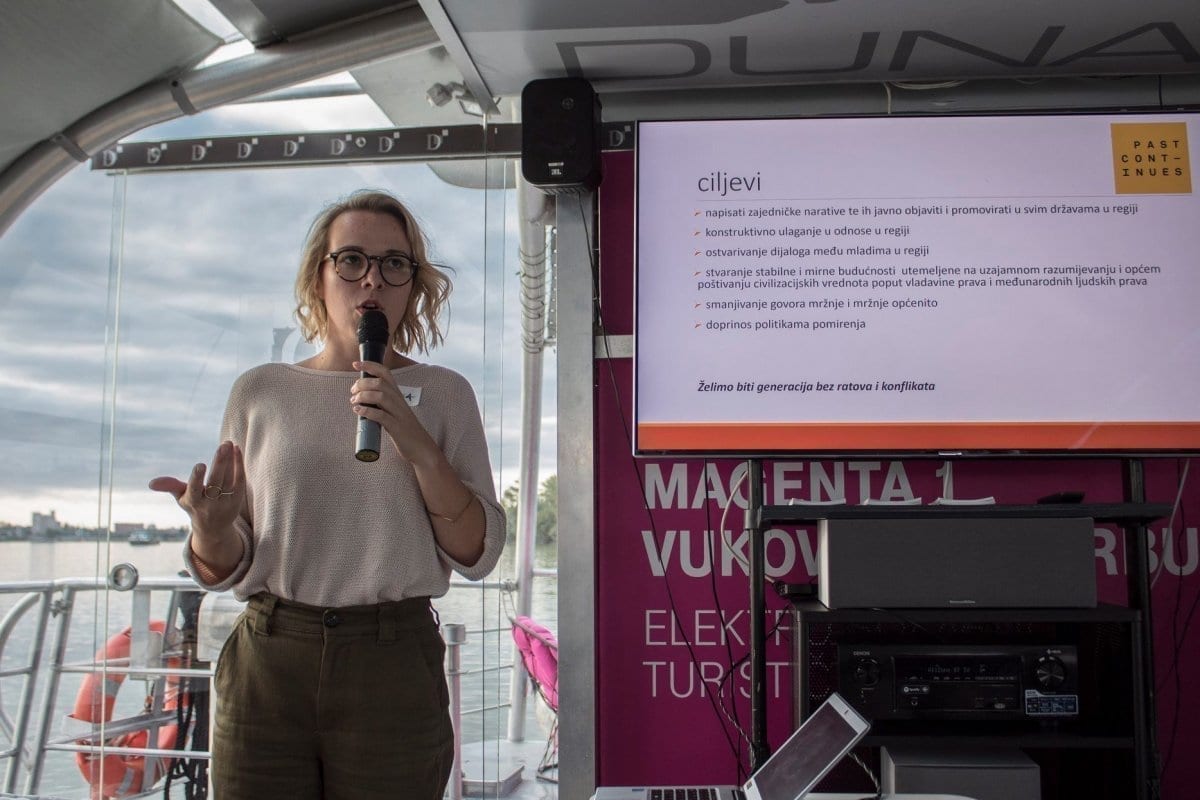
“I would like to point out here as well that civil society organizations cannot and should not do the job of the institutions. Specifically, school curricula have to be more sensitive for and inclusive of these topics so that entire generations can have access to information about these historical events and not just the few that participate in the activities of civil society organizations,” Vierda added.
She understands that it is “very difficult to lead the nineties out of the binary winner-loser relation ingrained in the collective memory,” and to her it seems that “such a reductionist approach has the most influence on how young people form opinions about the events of the nineties.”
“If such an approach is necessary, then at least the entire corpus of peace activism has to be included, for that certainly is victory: the skill, knowledge, patience and dedication to envisioning and implementing peace,” she concludes.
Translation from Croatian: Jelena Šimpraga

